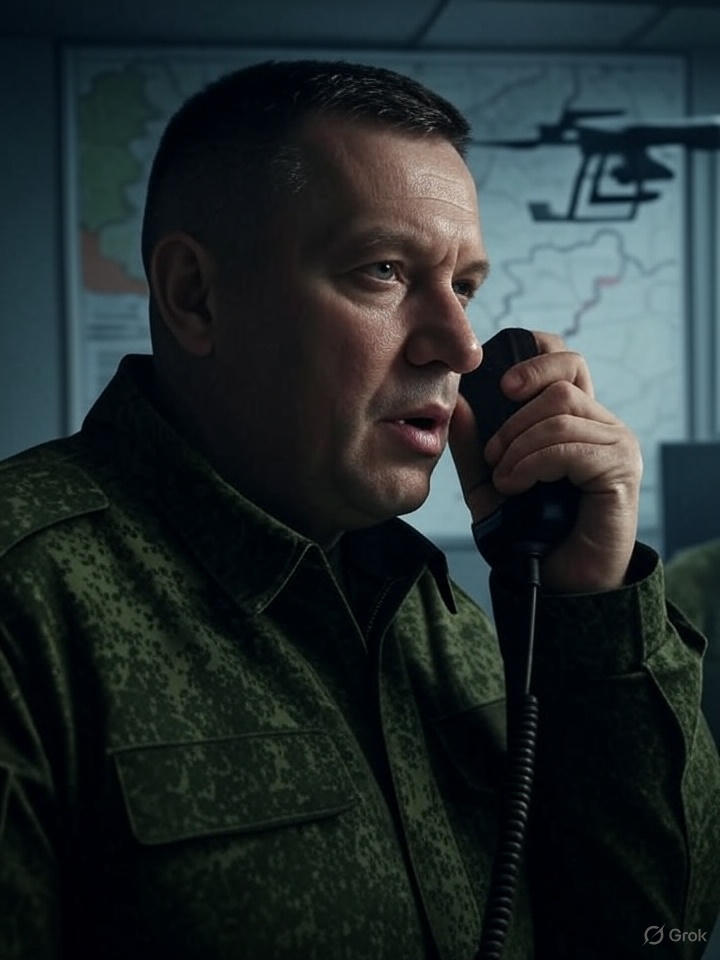Russian Claim: Full Control of Luhansk Oblast
Russian military officials have formally declared that their forces now exercise complete control over Ukraine’s Luhansk Oblast. This follows months of intense frontline combat and territorial gains across the region, which is part of Ukraine’s larger Donbas theater. While Ukraine has disputed the completeness of that claim, the announcement marks a major symbolic and operational phase in Russia’s campaign, consolidating control over the easternmost province formerly contested since 2014.
Ukrainian Drone Attack Strikes Russia’s Defense Production Hub
In one of the deepest cross border strikes of the conflict to date, Ukraine launched a drone attack on the Kupol Electromechanical Plant in Izhevsk, capital of Russia’s Udmurt Republic more than 1,300 km (800+ miles) from the Ukrainian border. The plant manufactures air defence systems (like Tor and Osa) and military drones under the state firm Almaz Antey (Al Jazeera).
Izhevsk’s regional governor, Alexander Brechalov, announced that three people were killed and 35 others injured, including ten in serious condition. He confirmed production facilities and warehouses were hit, causing a significant fire (Reuters). Independent media and Telegram channels corroborated the target as the Kupol plant and identified flight restrictions at Izhevsk airport in the aftermath (Українська правда).
State of Emergency Declared in Udmurt Republic
Following the strike, regional authorities declared a state of emergency across the Udmurt Republic, citing the need to manage casualties, disruption of critical infrastructure, and maintain public order in Izhevsk (The Kyiv Independent). The plant reportedly ceased operations after the attack, reflecting serious damage to the facility’s manufacturing capabilities (The Kyiv Independent).
Strategic Context and Significance
1. Deep Reach Targeting
Izhevsk lies far behind Russian frontlines about 1,300 km away. This strike underlines Ukraine’s deep strike drone capabilities, which Kyiv is rapidly scaling. Ukrainian officials describe long-range interceptor and kamikaze UAVs as central to their strategy in response to prolific Russian drone and missile attacks (Al Jazeera, Meduza). Reports suggest Russia launched over 5,400 drone attacks against Ukraine in June alone, pushing Kyiv to mass produce drones in turn (New York Post).
2. Disrupting Russia’s Defense Base
The Kupol plant is a cornerstone of Russia’s armaments industry: it produces Tor and Osa mobile air defence systems, as well as the Garpiya/Harpy series of drones. Ukraine apparently aims to degrade Russia’s offensive capacity and drone production from deep within its territory (Wikipedia).
3. Escalation & Retaliation Risks
Russia strongly condemned the strike, and nearby regional airports implemented sudden flight restrictions. Some Russian regions immediately reported intercepted drone flights over Crimea, Rostov, and Saratov regions, signaling the potential for escalating drone warfare on both sides (Українська правда).
4. Symbolic Messaging
By asserting full control over Luhansk and enabling attack capabilities far into Russian territory, both sides are projecting power. Russia gains political leverage by claiming control of territory; Ukraine demonstrates reach and resilience despite setbacks in eastern provinces.

Implications
- Military: The strike demonstrates Ukraine’s growing precision strike reach and signals escalation in drone based operations.
- Political: Moscow’s control over Luhansk may provide political legitimization, whereas Ukraine’s strike into Russia aims to disrupt that narrative and impose costs far from active battle zones.
- Civilian Impact: Casualties in Izhevsk despite being far from the front highlight increasing risk to Russian civilian industrial regions.
- Diplomatic/Strategic: The escalation may raise tensions among regional powers and draw renewed international attention to drone warfare’s expanding role and reach.
Summary
Russia claims full control of Luhansk Oblast, marking a significant expansion of its military dominance in eastern Ukraine. In retaliation or as part of its counteroffensive strategy Ukraine executed a deep drone strike on the Kupol defense plant in Izhevsk, killing three and injuring dozens. The operation prompted a state of emergency in the Udmurt Republic and suspended plant operations. The attack, one of the deepest Ukrainian military actions into Russian territory to date, targets a critical component of Russia’s defense industrial base and underscores an evolving, intensified drone warfare phase with serious escalation implications.

